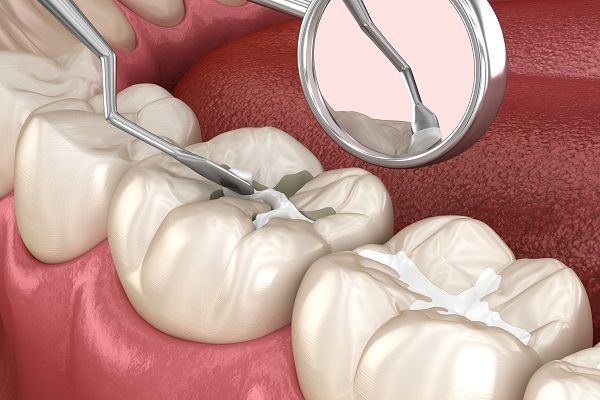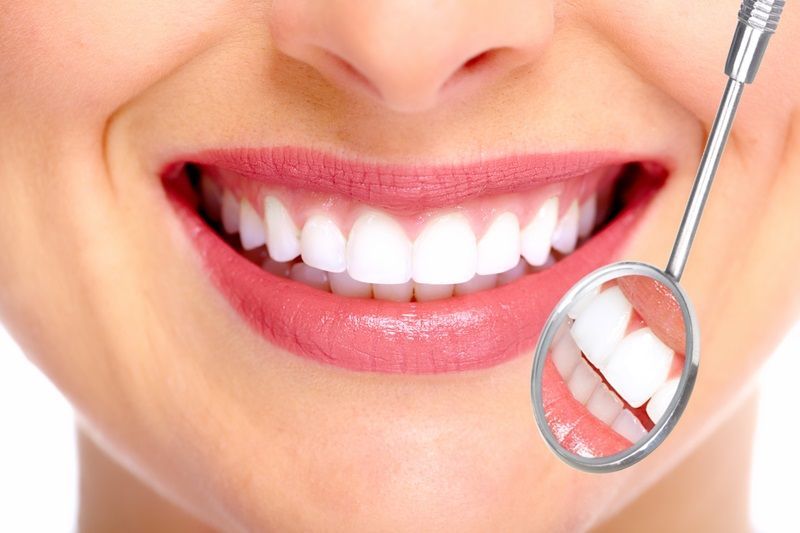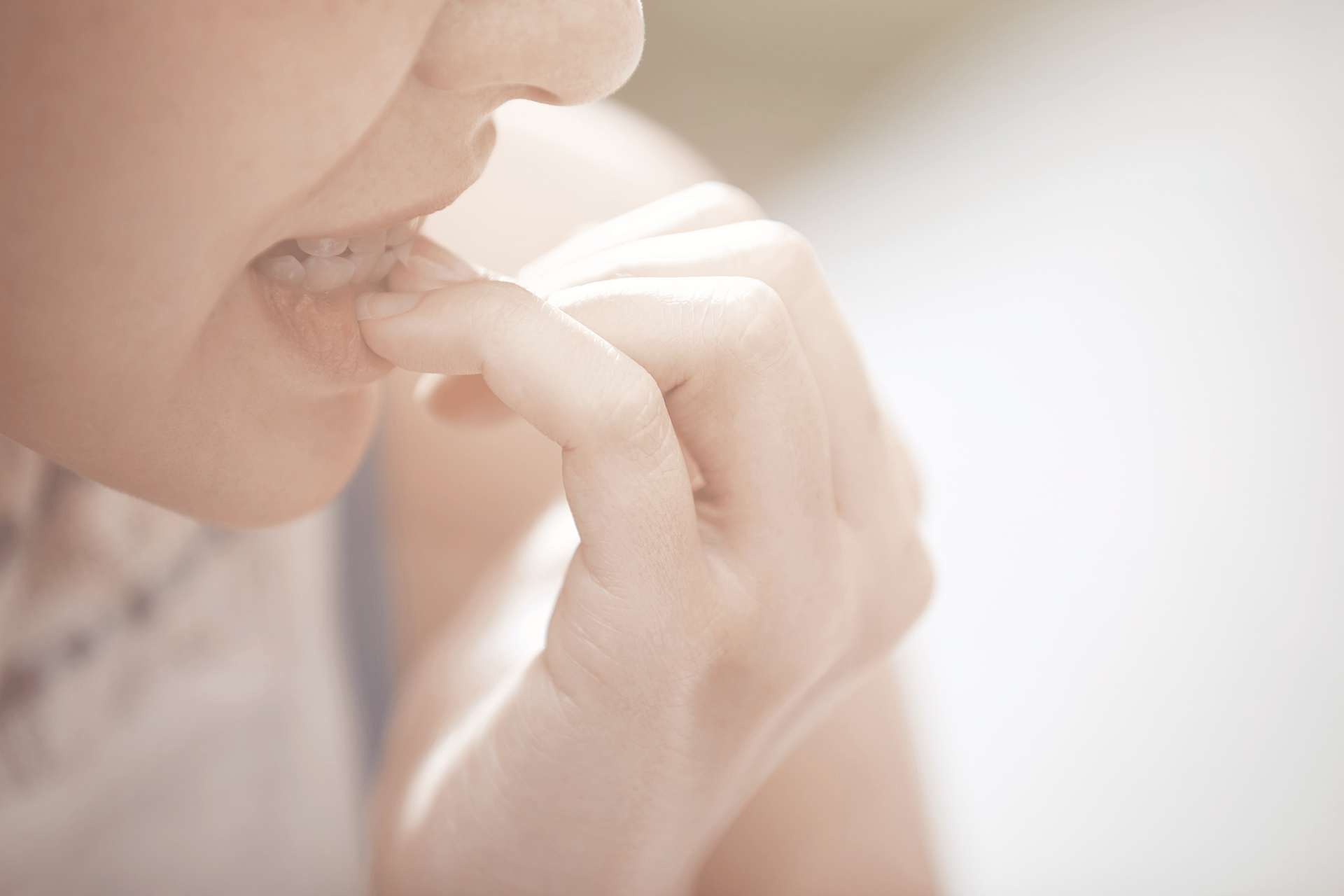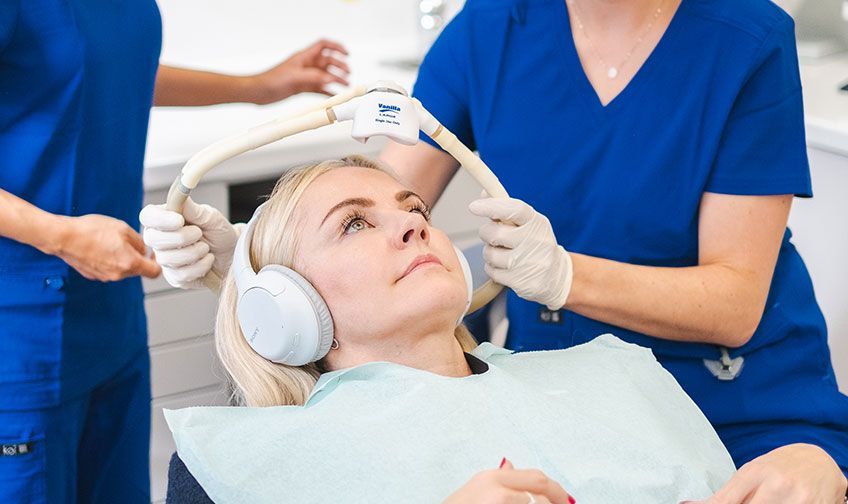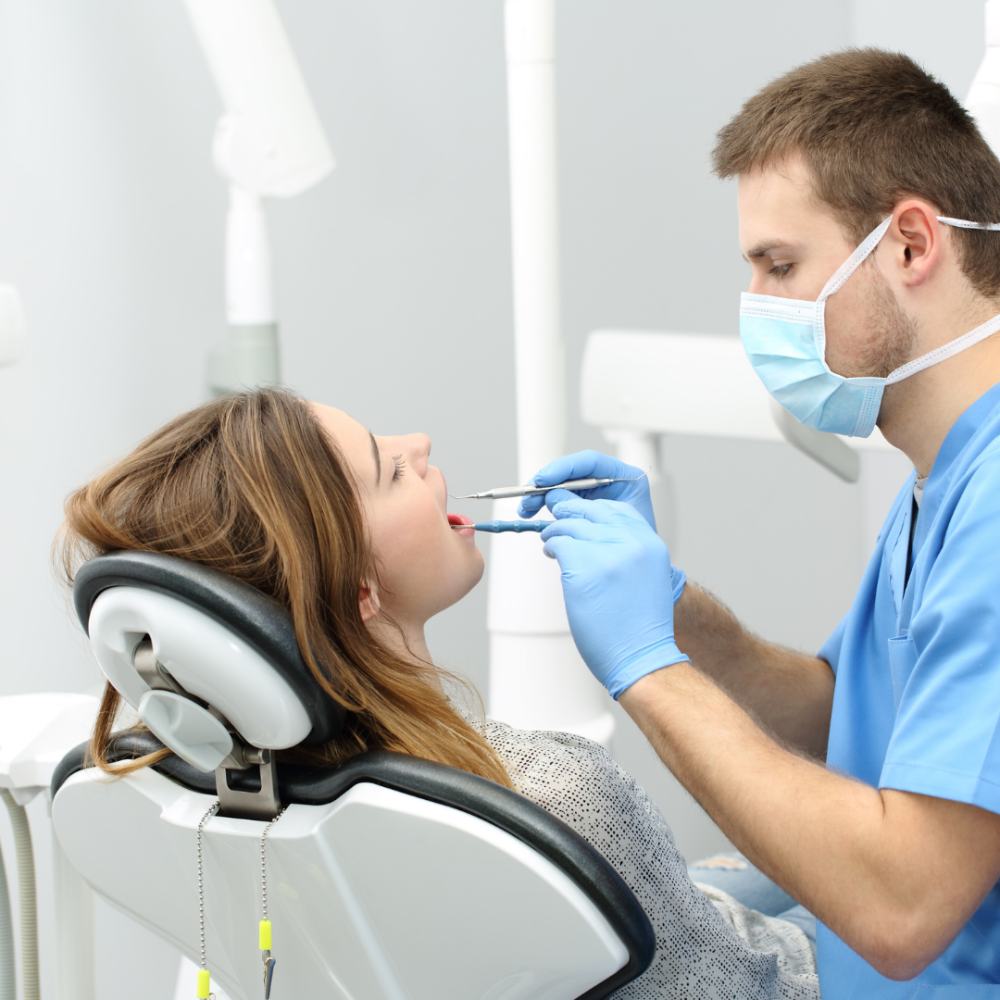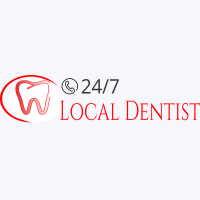If you’ve heard the term “impacted tooth” or “ tooth impaction ,” it’s most likely been in the context of wisdom teeth. In such a case, the third molar – commonly called a wisdom tooth – is unable to erupt from the gum, which usually occurs between ages 17 and 25. In many cases, the mouth is too crowded or the jawbone too small for third molars to develop and emerge normally – which often makes it necessary to extract them. However, you may be surprised to learn that children can experience tooth impaction as their permanent teeth descend to replace the primary (baby) teeth.
Whether the issue is impacted wisdom teeth in teens and adults or primary teeth in children, learning about the causes and symptoms is key to getting timely treatment and maintaining excellent oral health.
What Is a Tooth Impaction and What Causes It?
Tooth impaction occurs when a tooth is unable to erupt from the gum line, the tooth does not have room to erupt, or the tooth is moving in the wrong direction or position.
An impacted tooth can:
- Grow at an angle toward the next tooth.
- Grow at an angle toward the back of the mouth.
- Grow at a right angle to the other teeth, as if the tooth is lying down within the jawbone.
- Grow straight up or down like other teeth but stay trapped within the jawbone.
Several factors can cause tooth impaction, such as genetics (if your parents had impacted teeth, there’s a greater chance that you and your children also will). In the case of wisdom teeth, the path of human development over time plays a role. Our ancestors had larger jaws that accommodated third molars. The jawbone of modern humans is smaller, yet these now-unnecessary teeth are still genetically programmed to develop. When they do, there is often no place for them to go, so to speak, so they remain under the gumline, or only partly emerge. However, wisdom teeth do emerge and align normally in some people.
In children, an impacted tooth usually occurs when a baby tooth is lost , but the surrounding teeth are blocking the path for the new tooth to come through the gum. Or, if a baby tooth doesn’t fall out when it is supposed to, the permanent tooth may start to shift inside the gum and grow sideways.
While impacted wisdom teeth are a common issue for teenagers and young adults, the maxillary canines (upper jaw) are the second most common teeth to become impacted — which occurs during childhood when the permanent teeth emerge. These teeth are essential because they aid in eating, and are visible when you smile.
NewMouth lists additional causes of impacted permanent teeth in children:
- Dental trauma — A traumatic dental injury can delay eruption and eventually cause an impacted tooth. Incisors in the upper jaw are most commonly affected.
- Over-retained baby teeth — This condition refers to teeth that loosen, but then tighten back into the gums, preventing the eruption of permanent teeth. Dentists and oral surgeons typically extract these teeth to allow for the proper eruption of permanent teeth. If they are not removed, dental crowding commonly develops, which can result in impacted teeth.
- Irregular tooth growth — Sometimes, a tooth grows in at an angle, which can result in an impacted tooth. This most commonly affects wisdom teeth.
- Supernumerary teeth — This condition refers to people who have extra teeth. Having extra teeth can result in impacted maxillary incisors (the front teeth in the upper jaw).
What Are The Symptoms and Complications of an Impacted Tooth?
Catching an impacted tooth early on is vital to maintaining optimum oral health. Routine visits scheduled twice a year with a dentist is the best way to track the development of children’s teeth to detect and correct impaction — as well as for detection of impacted wisdom teeth in teens and adults before symptoms develop. The American Association of Orthodontists (AAO) recommends that children first visit an orthodontist before age seven, as issues such as impacted teeth are easier to identify and correct.
So how do you know if you have an impacted wisdom tooth? The question is more likely to be plural, as all four molars are typically impacted. No matter the number, Mayo Clinic provides the following list of symptoms:
- Red or swollen gums
- Tender or bleeding gums
- Jaw pain
- Swelling around the jaw
- Bad breath
- An unpleasant taste in your mouth
- Difficulty opening your mouth
Not every symptom in and of itself is a definitive sign of an impacted wisdom tooth but necessitates scheduling an appointment with your dentist to diagnose and treat whatever condition is causing irritation, pain, and/or bleeding. In any case, a set of X-rays will immediately reveal impacted teeth.
Mayo Clinic also provides this list of complications that can occur if impacted wisdom teeth are not removed:
- Damage to other teeth — If the wisdom tooth pushes against the second molar, it may damage the second molar or increase the risk of infection in that area. This pressure can also cause problems with crowding of the other teeth or require orthodontic treatment to straighten other teeth.
- Cysts — The wisdom tooth develops in a sac within the jawbone. The sac can fill with fluid, forming a cyst that can damage the jawbone, teeth, and nerves. Rarely, tumors — usually noncancerous (benign) — develop. This complication may require the removal of tissue and bone.
- Decay — Partially impacted wisdom teeth appear to be at higher risk of tooth decay (caries) than other teeth. This probably occurs because wisdom teeth are harder to clean and because food and bacteria get easily trapped between the gum and a partially erupted tooth.
- Gum disease — The difficulty cleaning impacted, partially erupted wisdom teeth increases the risk of developing a painful, inflammatory gum condition called pericoronitis (per-ih-kor-o-NI-tis) in that area.
The AAO lists the following symptoms of childhood tooth impaction:
- Difficulty in biting or chewing.
- Child’s complaint of tenderness or pain.
As previously mentioned, your child should have their first visit to the dentist shortly after their primary teeth start emerging. Scheduling regular visits will allow early detection and appropriate treatment of impacted teeth — as well as other conditions — before symptoms can occur.
What Is the Treatment For Impacted Teeth?
Extraction by oral surgery is the typical treatment for impacted wisdom teeth. Our blog post — “ Long-Term Benefits of Wisdom Teeth Removal ” — explains this procedure in detail, as does our Oral Surgery web page , which provides an overview of our treatment protocol. Extraction is usually recommended as a preventive measure, even if the patient is not experiencing pain or discomfort at the time.
For pediatric (childhood) cases, each situation is different. According to the AAO, extracting a primary tooth may be all that is needed to make room for the permanent tooth to erupt into the proper position. But if the upper jaw is too narrow, it may be necessary to expand the jaw, which creates more room for permanent teeth to come in. Other problems might require a combination of oral surgery and orthodontic treatment to place an attachment on the impacted tooth and the orthodontist then guides the tooth into the proper position.
In addition, as Healthline notes, when the canine teeth are impacted, eruption aids — such as braces, brackets, or extracting teeth blocking the canines — may be used to get the tooth to erupt properly.
The Take-Home Message
Impacted wisdom teeth are common in teenagers and young adults. Although not as prevalent among children, impacted teeth occur for a variety of reasons, which will most likely require specialized treatment. Being proactive in maintaining oral health for yourself and your children means scheduling regular examinations and cleanings with your dentist. You and your family can enjoy a lifetime of bright, healthy smiles with the proper professional care and commitment on your part!
At 24/7 Local Dentist , it is our mission to provide the highest quality and most compassionate oral care to our Chicago patients, including dental , orthodontic , and periodontal services . Our dental specialists include our general dentist, Dr. Nilofer Khan , general dentist associate Dr. Yang , our periodontist, Dr. Amir Danesh , and our endodontist, Dr. Sabek .
We serve the neighborhoods of Logan Square , Bucktown, Humboldt Park, and Wicker Park with the dedication that’s earned us the reputation as the Best Dentist in Chicago !
